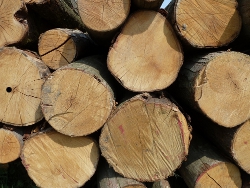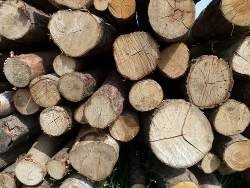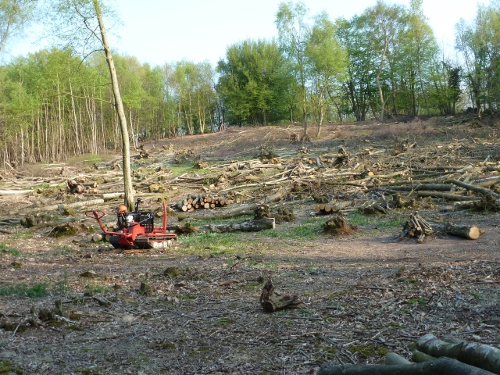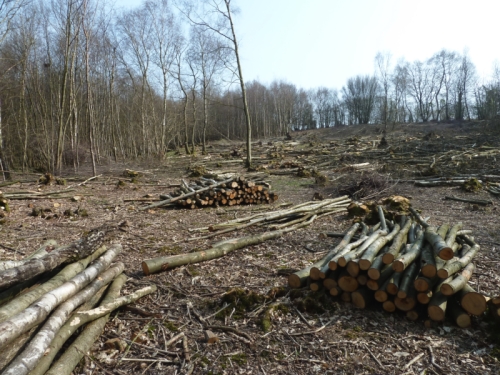A few weeks ago I attended a woodfuel seminar, which was a useful update to previous ones I had been to. This is certainly a market that over the years is developing significantly from the traditional log and charcoal products. There is a long way to go to a mature market and there will be bumps along the way before we reach that point. With new Government backed assistance through schemes like the Renewable Heat Incentive, the Forestry Commission launching a Woodfuel Woodland Improvment Grant and existing EU funding to aid the rural sector in development, the market could shake off many of the current constraints and propel itself forward very quickly over the next few years.
This brings me to the question in the title of this post “Wood for?” One particular thing stood out at the seminar and it was not from the course content but came from another delegate. This person was already using a significant amount of wood for heating on their farm and they had recently taken delivery of an lorry load of hardwood. It transpired that the wood was mainly Oak. However it was not just branchwood corded up but contained main stems cut to cord lengths. As you can imagine a few of us winced when we heard this. There are several other similar situations I have heard about or encountered where quality wood resources are being diverted to energy consumption instead of useable timber products. There is a significant risk that such occurrences will become more and more common place over the next few years. The hope is that this doesn’t happen.


 What a difference a couple of weeks have made. The woodland is bursting into life with the leaves on the trees flushing, the Bluebells taking over from the finishing Wood Anemones. On the work front good progress was made on extracting the coppice wood to the landing site. The extraction route is a quite a distance from the felled coupe and in parts it is not straightforward to navigate. The Iron horse is coping well with the task, although there is a lot more to do before this job is finished. The majority of the coppice stools have
What a difference a couple of weeks have made. The woodland is bursting into life with the leaves on the trees flushing, the Bluebells taking over from the finishing Wood Anemones. On the work front good progress was made on extracting the coppice wood to the landing site. The extraction route is a quite a distance from the felled coupe and in parts it is not straightforward to navigate. The Iron horse is coping well with the task, although there is a lot more to do before this job is finished. The majority of the coppice stools have 